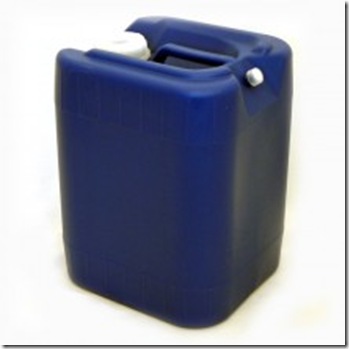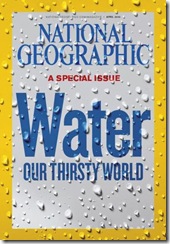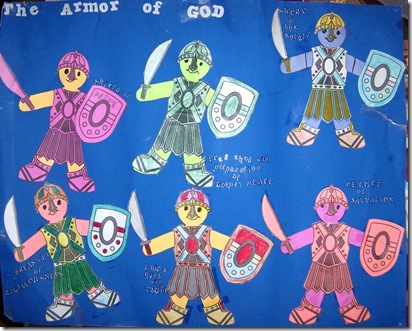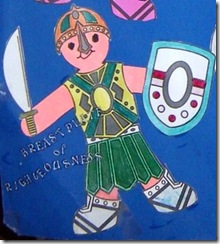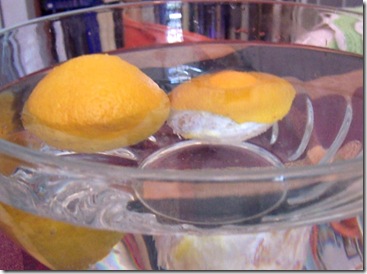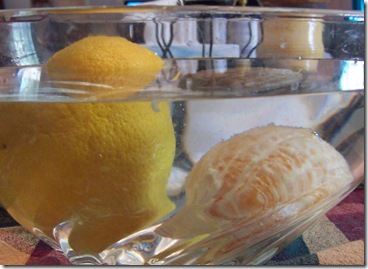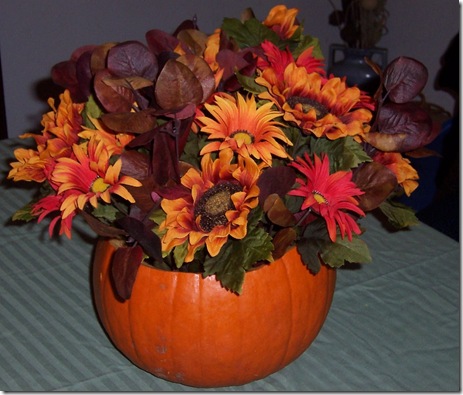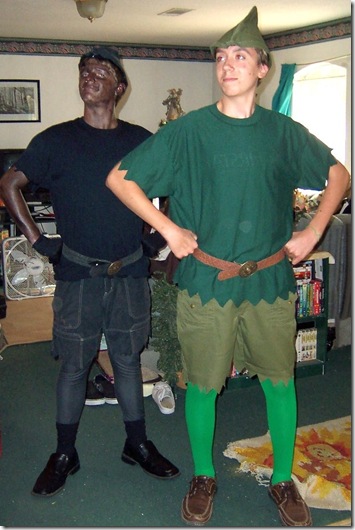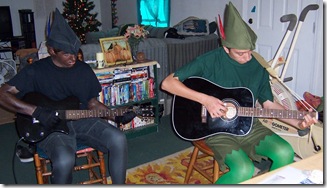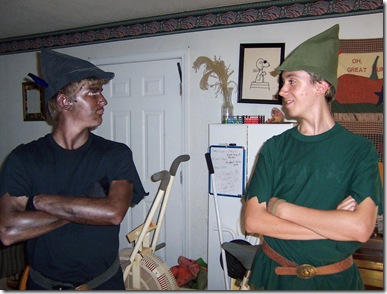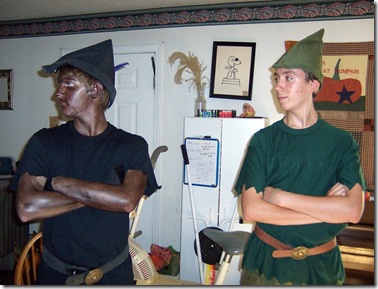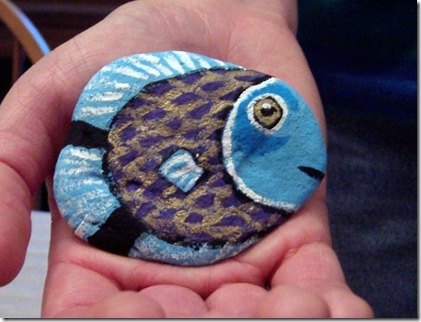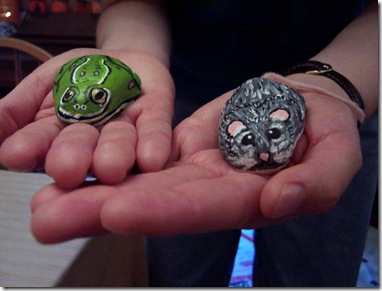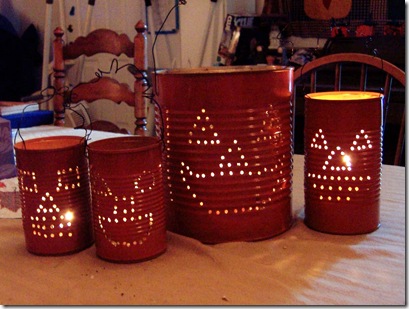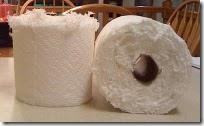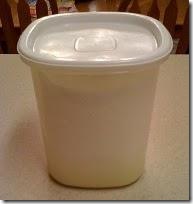this will be the featured post at Latter-day homeschooling on 11/1/10
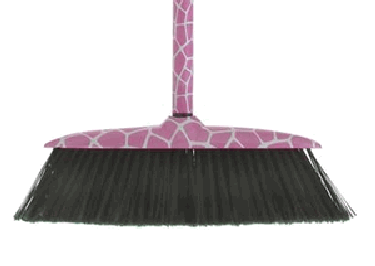 Pink Giraffe broom by Casabella
Pink Giraffe broom by Casabella
(I own the Cheetah print broom)
What are those three little words a woman wants to hear from her man?
”I do laundry.”
Or how about, “I can cook.”
”I wash dishes.”
Okay, yes, I’m making this a little one sided. How many young ladies have gone off on their mission with no housekeeping skills, cooking skills, or the ability to do her own laundry (yes, they have to clean their apartments, cook and wash)? How many of us left home without really having any idea what we were in for? (raising my hand, here) We moms live a life of service, but we have the responsibility in this serving, somewhere, to teach our children self sufficiency. I know it is easier to just do it ourselves, that it takes TIME to teach them and we have to SLOW DOWN and be PATIENT while THEY LEARN to do it over and over and over.
Now, this has not been easy for me to do, personally, and I’m still struggling, because I didn’t have the example of involved parents when I was growing up. They did the best they could, or knew how, I guess. I’m trying to improve on it with my family, teaching them to be responsible, but I also tell my children, that if there is something they did not like that I did, or how I taught, “Improve on it with your own children. Don’t waste your time whining about how you didn’t like what/how I did. Improve on it.” ( I have noticed am improvement through the generations)
I have discovered web site about this, imagine that, so here we go…
How to Teach Your Children to Clean Up
Teach your Children to Enjoy Chores..
As I was digging through a stack of old papers, I came across a list, or a basic guideline, of responsibilities our children should be able to learn to do at certain ages. I’m not sure where it came from, but I thought I would pass it on.
3 Year Olds can learn to
- dress self
- use potty by themselves
- start to brush their own teeth
- put toys away
- say prayers (personally, I think this depends on the individual child)
4 Year Olds can learn to
- brush teeth
- make bed, pick up in their room
- get a bowl of cereal
- make sandwiches
- memorize address and phone number
- start learning articles of faith
5 Year Olds can learn to
- straighten a room
- vacuum
- empty household trash cans
- set the table
- make own sandwich
- warm up canned food (with supervision, of course)
- help in the garden, plant vegetables and seeds
6 Year Olds can learn to
- take shower without help
- dust the furniture
- load dishwasher
- empty dishwasher
- run microwave
- water the plants
- make and answer phone calls
7 Year Olds can learn to
- wash dishes
- clean cupboard doors
- floss their own teeth
- clean the bathroom (including the toilet)
- pull weeds in the garden
- have a saving account (if they get an allowance or do jobs for money)
- read aloud
8 Year Olds can learn to
- grooming (nails,notice dirty face)
- get up by themselves
- participate in team sports or clubs (if not sooner)
- notice and develop personal talents
- clean mirrors
- sweep
- do own hair
- begin piano lessons, or other instrument
- get baptized
- read scriptures daily
- have their own library card
- choose books
- care for pet
- help with younger siblings
- be aware of their testimony
9 Year Olds can learn to
- mop the floor
- clean and dust pictures on walls
- bake cookies
- be aware of their 72 hour emergency kit
- learn basic first aid
- wash car and vacuum interior
- basic carpentry--hammer nails, saw wood
- cook vegetables
- write letters , maybe have a pen pal, thank you notes
- basics of sex education
- email grandparents
- wrap gifts
- sew on buttons when they’ve come off
10 Year Olds can learn to
- Do own laundry
- play musical instrument
- write in journal on their own
- understand the benefits of exercise
- clean stove
- help more in the kitchen, make salads
- understand basic nutrition
- iron their own clothes
- use leaf blower
- plan their own little garden space
- place a collect call
- know articles of faith
- write creatively
11 Year Olds can learn t
- clean refrigerator
- straighten drawers
- straighten closets
- sew hems
- start cooking---breads, pies, main dishes
12 Year Olds can learn to
- have basic fashion awareness and help shop for their wardrobe
- read a newspaper article and report on it
- speak in public (4-H or church)
- consider weight management
- make and keep dentist appointment
- iron own clothes,, if needed
- plan family meals
- mow lawn
- use weed eater
- start mission preparation
- have good basic math skills
- use a camera (if you dare)
- learn to crochet or knit
- learn first aid
- take a babysitting class and babysit
- clean windows
- use internet (parental supervision, of course)
- keep personal calendar
- use common computer programs
- read the Book of Mormon through
- basic auto maintenance (check oil, fluids)
- Mend clothing
13 Year Olds can learn to
- sew simple items
- shop for clothes and other items
- find bargains
- plan parties
- have own recipe files
- shop for groceries
- care for plants –teaches responsibility of keeping something alive
- keep a simple budget
- household bills (gain an understanding)
- Certify for CPR
- Type without looking
- Understand prescriptions
- Learn meat-handling rules
14 Year Olds can learn to
- understand basics of food storage
- memorize social security number
- understand about interest, debt and securities
- use makeup
- identify business skills to get some experience with sales
- understand basic civics and politics
- accompany parent to vote
- perform thorough car detailing
- change flat tire
- use proper etiquette
- clean garage
- understand basics of car operation
- do simple household repairs
- memorize scripture mastery
16 year olds can learn to
- get driver’s license
- understand credit cards, debit cards
- Use ATM if they have their own account
- sell and by on eBay (only if you are comfortable with it)
- learn about retirement plans
- focus on mission prep
- understand interviewing
- understand advertising
- start career planning
- file insurance claim (if you do that in your household)
- car insurance
- perform household repairs
- assist in purchase of car-research and compare vehicles before you buy
- open checking account
- file tax return
- interact with auto mechanics
- pay for and use a cell phone
- get a job
Of course, modify as you see fit in your family, but we must remember to be there, teaching, waiting for them to get it. Perfection at first is not necessary. If the little one’s clothes are on….great. Matching clothes is secondary.
Praise.
Praise.
Praise for doing something, anything, right.
Would you consider writing a post/guest post on how you accomplished teaching any life skill? We’ve had a few, but there is room for more. How did it work for you? What jobs do your children do around the house and at what ages? How do you get chores done?
Be Wild Angle Broom found here
These animal print brooms are hard to find. I am lucky to have mine.
Camo Print Broom by Alice Supply
I have wrapped Tie-Dye duct tape around the handles of my mop and um…plunger. Takes some of the pain out of cleaning.
Teresa is a widow, with 4 children at home, trying to manage this parenting thing on her own. She relies on the Lord for guidance, inspiration and everything else. You can find her family goings on and a few homeschool activities at Wockenflock Daze.

